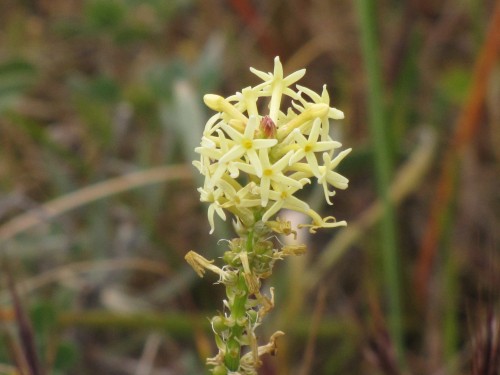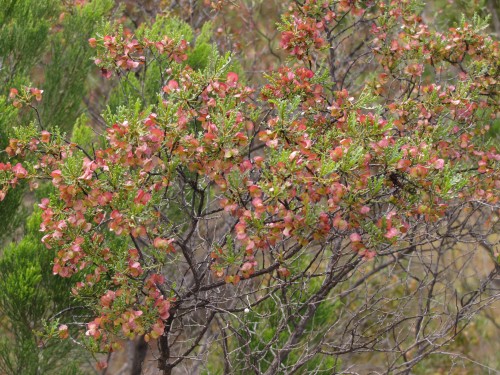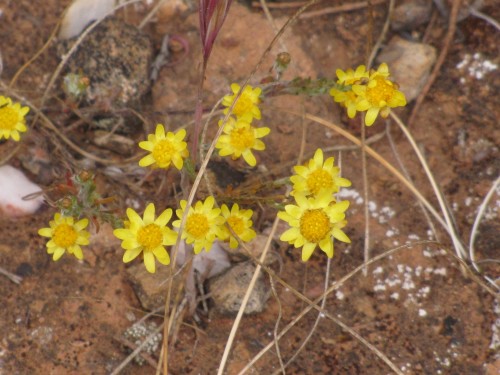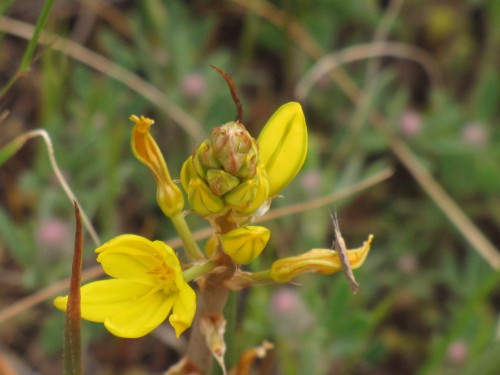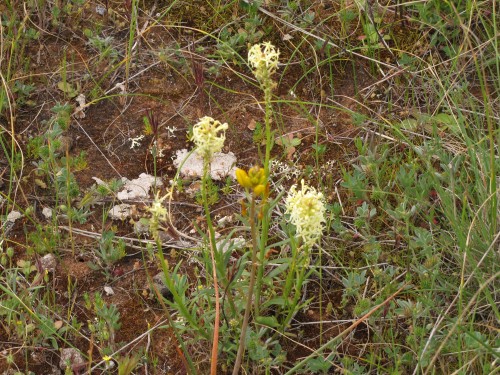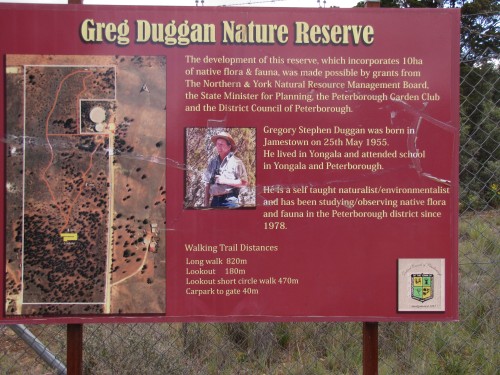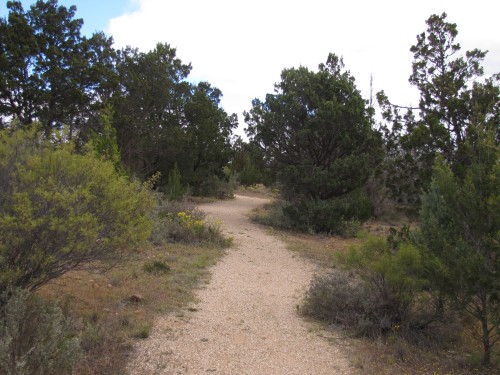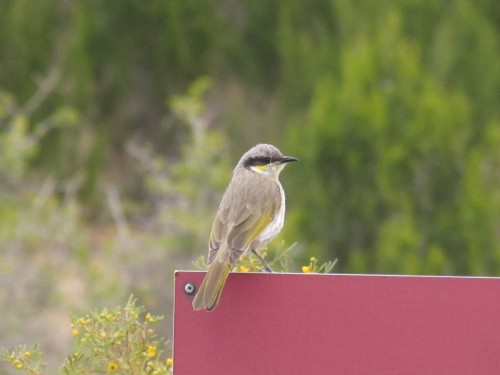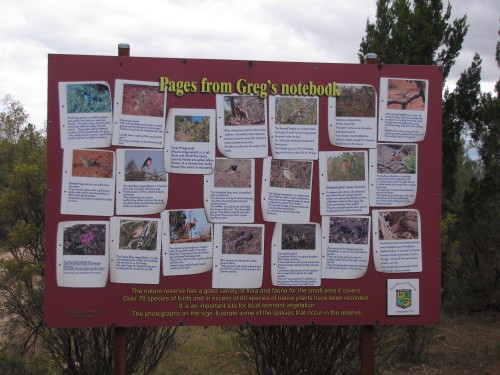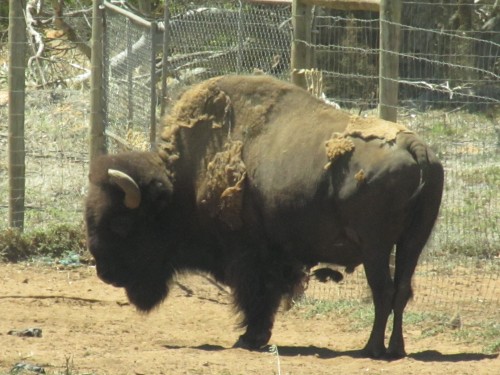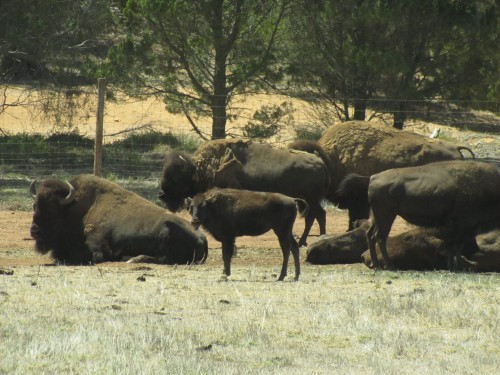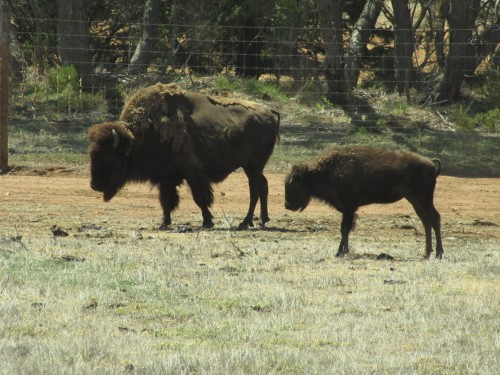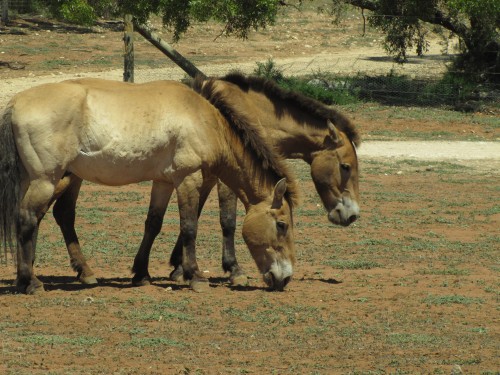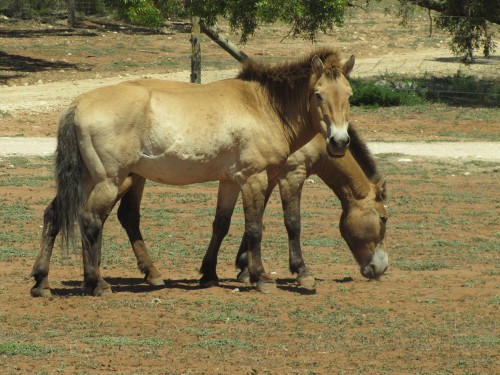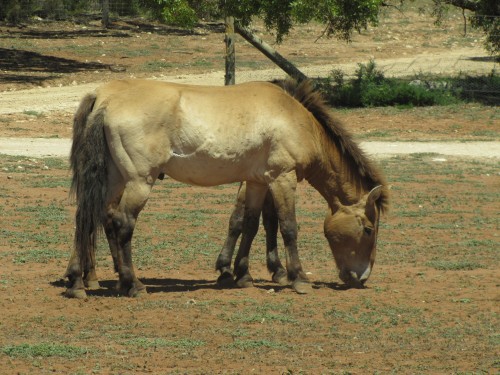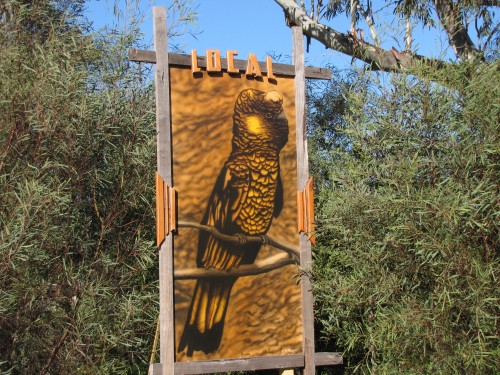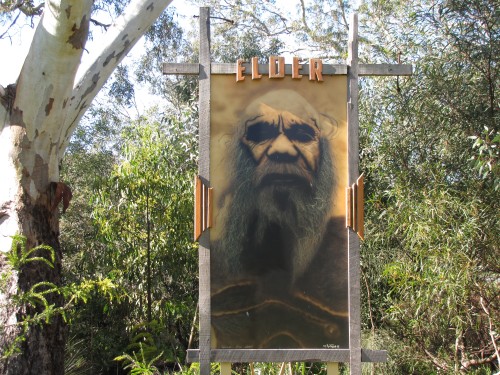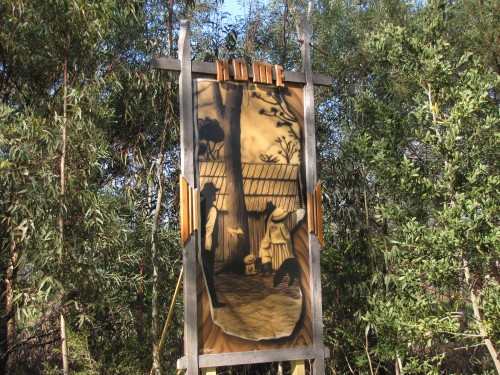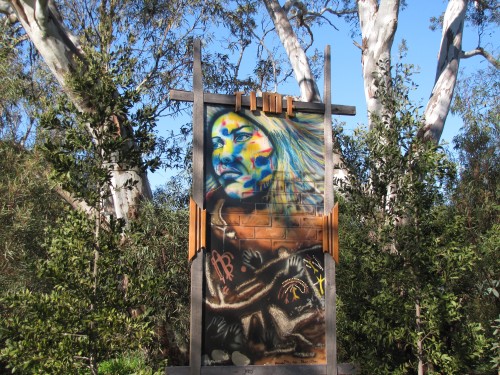Wildflowers in the Greg Duggan Nature Reserve
The Greg Duggan Nature Reserve is on the northern edge of Peterborough in the mid-north of South Australia. For those visiting the town it is well worth spending a hour or so wandering through this park, especially in late winter and early spring. The photos I feature on today’s post here were all taken in mid-September.
The walking tracks through the reserve are all smooth and well maintained and provide easy walking, as well as wheelchair access. In the centre of the park there is a lookout which has wheelchair access. The lookout has excellent views over the town.
The reserve is named in honour of local council worker Greg Duggan. He is a keen naturalist with a life-long interest in birds and other fauna, as well as local plant species. Some of the plants found in this reserve are rare and endangered.
The reserve is home to a wide range of local flora and fauna, with several species of Native plants found there being extremely rare in South Australia. These plants are Mallee Hop-bush (Dodonaea subglandifulera – Endangered), Two-bristle Greenhood (Pterostylis biseta – one record only) and Ashy-haired Swainson-pea (Swainsona tephrotrich – Rare).
On my visit to the reserve last year I was able to capture a number of photos of the range of plants in flower. Some of these are shown below and others I will post in the coming days.
To learn more about Australian native plants you can access my wife’s site Mallee Native Plants here.
Greg Duggan Nature Reserve
On a visit to stay with family in Peterborough, South Australia last year I took out a hour or so to go birding. Many years ago I had experienced some excellent birding near Tank Hill at the end of Government Road. On this occasion I was delighted to see that the area had been made into a dedicated reserve in honour of local council worker Greg Duggan. The sign above is at the beginning of the walking track.
While I didn’t manage to see many birds on this occasion I was delighted to get photos of some of the local plants in flower. I will share these over coming days so I invite readers to come back soon. Meanwhile, just a little background information about Greg and the reserve:
Named after Greg Duggan, one of South Australia’s most gifted, and knowledgeable, amateur naturalists, this 10 acre Reserve is home to a wide range of local flora and fauna, with several species of Native plants found there being extremely rare in South Australia. These plants are Mallee Hop-bush (Dodonaea subglandifulera – Endangered), Two-bristle Greenhood (Pterostylis biseta – one record only) and Ashy-haired Swainson-pea (Swainsona tephrotrich – Rare).
The reserve can be accessed from Tank Hill lookout with marvellous views over Peterborough from an elevated observation deck.
Mr Duggan, a Council employee, has dedicated much of his free time during his life to studying the birds, plants and reptiles in the Peterborough District, and has compiled a check list of the many species found locally, and which is available from the Council Office or Visitor Information Centre for a minimal fee.
I did say above that I didn’t see many birds on my visit to the reserve. It started out well with the appearance of a Singing Honeyeater perched on the interpretive sign at the start of the walking track. I’ve included a photo of it below. After that I saw very few birds, but that happens. I was rather cold, late afternoon and I didn’t even hear many birds.
The photo immediately below shows a part of the walking track through the reserve. It demonstrates the diversity of plant life in the reserve. While native pines (Callitris spp) dominate the southern parts of the reserve, there are also plenty of wattles (Acacia spp), hop bush (Dodonaea) and smaller bushes plus a range of native grasses. Sadly a growing number of exotic plants are also present and the weed problem is evident.
American Bison at Monarto Zoo
The American Bison were very first animals to arrive at the Monarto Zoo near Adelaide in South Australia when it was set up as an open range zoo in 1983, though I should add that the zoo only opened to the public in October 1993. Before that is was only used as a breeding and pasture area for some animals from the Adelaide Zoo. Since opening to the public it has boomed as far as visitor numbers are concerned, with many hundreds of thousands annually (I can’t find any current figures on their website).
The herd of American Bison has grown from only 2 in 1983 to over a dozen today. They share a paddock of some 15 hectares in size and the bus tours all travel through the enclosure. On some occasions I have been on the bus when the herd has occupied part of the road leading through their home. Stubbornly they usually refuse to move; the driver has no option but to take a slight detour. On these occasions visitors get very close up views indeed. On our most recent visit they were well off the track, thankfully.
Although their numbers in America were originally in the millions they quickly declined due to hunting and disease. Thankfully the species was rescued before they became extinct in the wild and their numbers are now stable, though only about 15,000 exist in the wild population. You can read more about the species here.
Links:
- The American Bison – article on the zoo website
- Monarto Zoo
- Adelaide Zoo
Przewalski’s Horses at Monarto Zoo
Most people have probably never heard of the Przewalski’s Horse – unless they have taken a tour at the Monarto open range zoo near Adelaide. A few days ago I shared a few photos of the endearing meerkats at this zoo and today it is the turn of the horses.
Monarto Zoo is a part of the Adelaide Zoo and is my home zoo, being only a ten minute drive from my home in Murray Bridge. I am a life member so I can go visit for free any time, so we try to get there several times a year. This most recent visit was with friends on the occasion of my wife’s birthday.
The Przewalski’s Horse is critically endangered in the wild. At one point it was classified as extinct in the wild, but successful breeding programmes, especially here at Monarto, have seen the re-introduction of the species in its natural habitat. It was this successful programme which convinced me to become a life member of the zoo, even though I am not a particularly great horse lover.
It is the world’s only remaining wild horse and is native to Mongolia, Kazakhstan and the Gobi Desert. They’re smaller than domestic horses, with stocky bodies, large heads and a thick upright mane.
Monarto Zoo now has about 20 of these horses, having exported a small group to Mongolia twenty years ago.
In 1995, Monarto Zoo participated in a program which saw seven horses successfully reintroduced to Takhi Tal Nature Reserve in Mongolia, leading to the species forming functional breeding herds in its native habitat. As a result, in 2008 their status was downgraded from extinct to critically endangered.
You can read more about this beautiful animal on the zoo website here.
Links:
